Home>diy>Planning & Engineering>What Does Zoning R Mean
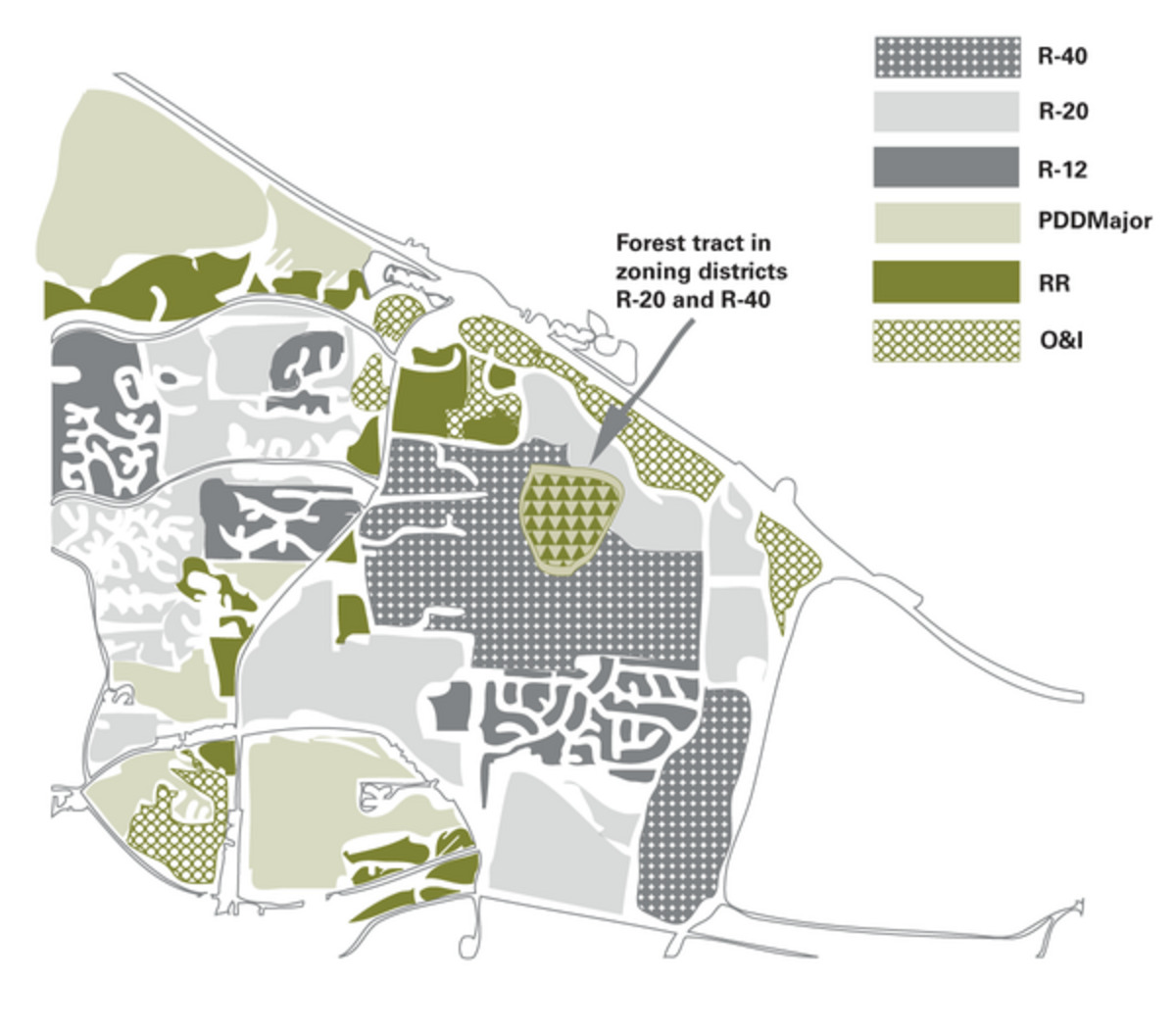

Planning & Engineering
What Does Zoning R Mean
Modified: December 7, 2023
Discover what "Zoning R" means and its significance in planning engineering. Learn how this zoning designation impacts land use regulations and development projects.
(Many of the links in this article redirect to a specific reviewed product. Your purchase of these products through affiliate links helps to generate commission for Storables.com, at no extra cost. Learn more)
Introduction
Welcome to our comprehensive guide on Zoning R! If you’ve ever wondered what Zoning R means and how it affects residential areas, you’ve come to the right place. Zoning regulations play a crucial role in urban planning, ensuring that different types of land use are appropriately designated and organized. Zoning R, specifically, pertains to residential areas and establishes guidelines for development and land use within these zones.
In this article, we will delve into the definition of Zoning R, the purpose it serves, and its impact on residential communities. We will explore the various regulations and restrictions associated with Zoning R, as well as the process for obtaining variances. Additionally, we will discuss the benefits and challenges of Zoning R and its effects on the overall development and livability of residential neighborhoods.
By the end of this guide, you will have a comprehensive understanding of Zoning R and its significance in shaping residential areas. So, let’s get started and unravel the intricacies of Zoning R!
Key Takeaways:
- Zoning R regulates residential areas, promoting orderly development, preserving property values, and enhancing livability. Understanding its regulations and obtaining variances is crucial for sustainable community growth.
- While Zoning R offers benefits like neighborhood safety and controlled growth, it also presents challenges such as restrictive regulations and affordability concerns. Balancing these aspects is essential for equitable and sustainable development.
Read more: What Does R40 Zoning Mean
Definition of Zoning R
Zoning R, also known as Residential Zoning, is a classification system used by municipalities to regulate land use within residential areas. It establishes specific guidelines and restrictions for the types of structures and activities allowed in these zones.
Under Zoning R, residential areas are typically designated for the primary purpose of housing. The objective is to create a harmonious living environment that prioritizes the needs of residents and ensures compatibility among neighboring properties.
Each municipality may have its own specific definitions and regulations within Zoning R, but in general, it outlines the following aspects:
- Types of residential uses allowed
- Setback requirements
- Building height restrictions
- Parking requirements
- Green space and landscaping provisions
- Noise and light pollution restrictions
The Zoning R designation often includes various subcategories, such as R-1, R-2, R-3, and so on, each having specific guidelines for density, lot size, and permitted uses. These subcategories help ensure that different types of residential developments are appropriately regulated and compatible with the surrounding areas.
It is important to note that zoning regulations vary from city to city, so it is essential to consult the specific zoning ordinances and codes of your local municipality to understand the precise requirements and restrictions of Zoning R in your area.
Purpose of Zoning R
The primary purpose of Zoning R is to promote orderly development and preserve the character of residential neighborhoods. It aims to balance the needs of residents while accommodating growth and ensuring compatibility between different land uses. Here are some key purposes of Zoning R:
- Promoting Residential Living: Zoning R ensures that residential areas function primarily for housing purposes. By limiting other non-residential uses, such as commercial or industrial activities, it helps maintain the quality and integrity of residential neighborhoods.
- Protecting Property Values: Zoning R regulations aim to protect property values by establishing consistent standards for building design, setbacks, and property maintenance. These regulations help maintain aesthetic appeal and prevent incompatible developments that could negatively impact property values.
- Improving Quality of Life: Zoning R considers the well-being and quality of life of residents. By promoting low-density development, it helps create a quieter and more peaceful living environment. Zoning R may also include regulations regarding noise control, lighting requirements, and green space provisions to enhance the overall quality of life in residential areas.
- Ensuring Safety: Zoning R incorporates safety measures to protect residents from potential hazards. It may include regulations on setback requirements, building codes, and fire safety standards to ensure that structures are constructed with safety in mind.
- Controlling Traffic and Parking: Zoning R helps manage traffic and parking congestion within residential areas. It sets guidelines for parking requirements and may restrict certain types of commercial or recreational activities that could generate excessive traffic in these zones.
Overall, Zoning R plays a vital role in maintaining the character, livability, and cohesiveness of residential neighborhoods. It aims to balance the interests of residents, property owners, and the community as a whole, ensuring a harmonious and sustainable living environment.
Understanding Zoning R Regulations
Zoning R regulations govern various aspects of residential development to ensure that it aligns with the intended purpose of the zone and maintains compatibility with surrounding properties. Let’s explore some key elements of Zoning R regulations:
- Residential Uses: Zoning R typically allows various types of residential uses, such as single-family homes, townhouses, duplexes, apartments, and sometimes even home-based businesses, depending on the specific subcategory of the zone.
- Lot Size and Density: Zoning R often includes regulations regarding minimum lot size and density, aiming to control the number of housing units within a specific area. These regulations help maintain a desired level of density and prevent overcrowding.
- Setback Requirements: Setback requirements dictate the distance between the property lines and the structures on the lot. These regulations ensure a consistent setback from the street, maintaining a uniform streetscape and providing adequate space between neighboring properties.
- Building Design and Architectural Standards: Zoning R may include design and architectural standards to ensure that new buildings blend harmoniously with the existing architectural character of the neighborhood. These standards may regulate elements such as building materials, roof pitch, window placement, and height restrictions.
- Parking Requirements: Zoning R regulations typically specify the number of parking spaces required for each residential unit or dwelling. These requirements help manage parking demand and prevent excessive on-street parking, ensuring adequate parking for residents and visitors.
- Landscaping and Open Space: Zoning R may include provisions for landscaping and open space requirements to enhance the visual appeal of residential areas and provide green spaces for residents’ enjoyment.
- Accessory Structures: Zoning R may regulate the construction of accessory structures, such as garages, sheds, or swimming pools, to maintain the overall aesthetic and functionality of the residential area.
It is essential to become familiar with the specific zoning regulations in your locality to ensure compliance and avoid any potential violations when developing or altering a residential property.
Next, let’s explore the specific types of residential uses allowed under Zoning R.
Residential Uses Allowed under Zoning R
Zoning R designations typically allow a variety of residential uses, catering to different housing needs and preferences. Here are some common residential uses permitted under Zoning R:
- Single-Family Homes: Zoning R often allows the development of single-family homes on individual lots. These homes are designed for a single household and typically offer more privacy and control over the property.
- Townhouses: Zoning R may permit the construction of townhouses, which are multi-level attached dwellings with shared walls. Townhouses offer a balance between the privacy of a single-family home and the convenience of shared amenities.
- Duplexes: Duplexes are residential buildings divided into two separate dwelling units, each with its own entrance. Zoning R may allow duplexes as a form of higher-density residential option.
- Apartment Buildings: Zoning R can also encompass apartment buildings, which consist of multiple units on one or more levels. Apartment buildings can provide a greater number of housing units within a designated area.
- Accessory Dwelling Units (ADUs): Some Zoning R ordinances permit the construction of accessory dwelling units, also known as in-law suites or granny flats. ADUs are secondary dwelling units located on the same property as the primary residence and can provide additional housing options.
- Home-Based Businesses: In certain cases, Zoning R allows for home-based businesses. These are businesses operated out of a residence, typically with limitations on the level of commercial activity and signage.
It’s important to note that the specific types of residential uses permitted under Zoning R may vary based on the particular jurisdiction’s regulations. Some areas may have more restrictive zoning codes, while others may allow for a greater variety of residential uses.
When considering a residential development, it’s crucial to consult the local zoning ordinances and consult with zoning officials to ensure compliance with the permitted residential uses and any additional requirements or restrictions that may apply.
Next, let’s discuss setback requirements within Zoning R areas.
Read more: What Does R4 Zoning Mean
Setback Requirements in Zoning R Areas
Setback requirements are an essential aspect of Zoning R regulations as they dictate the distance between structures and the property lines. These requirements help ensure adequate space between neighboring properties, maintain a consistent streetscape, and accommodate various factors such as public safety, privacy, and accessibility. Here are some key points about setback requirements in Zoning R areas:
- Front Setbacks: Front setbacks refer to the distance between the front property line and the front of the structure. Zoning R often prescribes specific front setback requirements to maintain a uniform setback along the street and create a visually cohesive streetscape. Front setbacks help prevent buildings from encroaching too close to the street and allow for open front yards or landscaping.
- Side Setbacks: Side setbacks determine the space between the structure and the side property lines. These requirements ensure adequate space between neighboring properties, allowing for privacy, natural light, and airflow. The size of the lot and the height of the structure often influence the side setback requirements.
- Rear Setbacks: Rear setbacks refer to the distance between the back of the structure and the rear property line. Zoning R regulations typically mandate rear setbacks to create space for yards, gardens, and other open areas behind the residence. Rear setbacks can also help mitigate potential nuisances, such as noise and overlook, between neighboring properties.
- Corners and Street Intersections: Zoning R may have specific setback requirements for properties located at corners or street intersections. These setback regulations aim to ensure clear visibility for drivers and pedestrians, maintaining safety and preventing obstruction of sightlines.
It’s important to consult the specific setback requirements outlined in your local Zoning R regulations when planning any construction or renovation within a residential area. Failure to comply with setback requirements can result in zoning violations and may require modifications to your plans.
Next, let’s explore building height restrictions that are typically in place within Zoning R areas.
Zoning R typically refers to residential zoning, which means the area is designated for single-family homes or other types of residential properties. It’s important to check the specific regulations and restrictions for that zoning designation in your area before making any property-related decisions.
Building Height Restrictions in Zoning R
Building height restrictions are an integral part of Zoning R regulations to maintain the visual harmony and compatibility of residential areas. These restrictions help ensure that new structures do not impede sunlight, obstruct views, or overwhelm the surrounding properties. Here are some key points to understand about building height restrictions in Zoning R areas:
- Maximum Height Limits: Zoning R regulations often specify the maximum height limit for structures within residential zones. This limit is usually measured in terms of stories or feet and is intended to prevent excessively tall buildings that could disrupt the neighborhood’s character or block views.
- Exceptions for Specific Structures: In some cases, Zoning R may allow certain structures, such as church spires, antennas, or rooftop mechanical equipment, to exceed the standard height limits. However, these exceptions are subject to specific regulations and may require additional approvals.
- Height Transitions: Zoning R may include provisions for height transitions to ensure a gradual change in building height between different types of zones. These transitions can help minimize the visual impact of taller structures, particularly in areas where residential zones abut commercial or mixed-use areas.
- Grading and Slope Considerations: Zoning R regulations may also take into account the natural topography and landscape of the area. In situations where the land is steep or has significant slopes, building height restrictions might be adjusted accordingly to ensure safe and appropriate development.
It’s essential to review the specific building height restrictions outlined in your local Zoning R regulations before undertaking any construction or renovation projects. Compliance with height restrictions is crucial to avoid violations and ensure that new structures blend harmoniously with the existing built environment.
Next, let’s explore the parking requirements commonly associated with Zoning R areas.
Parking Requirements in Zoning R
Parking requirements are an important component of Zoning R regulations as they aim to ensure that adequate parking spaces are available to meet the needs of residents and their visitors. These requirements help prevent excessive on-street parking, minimize traffic congestion, and maintain the functionality of residential areas. Here’s what you need to know about parking requirements in Zoning R:
- Minimum Parking Spaces: Zoning R regulations typically specify the minimum number of parking spaces required for each residential unit or dwelling. The number of required parking spaces often depends on factors such as the size of the dwelling, the number of bedrooms, and whether it is a single-family home or multi-family housing.
- Guest Parking: Zoning R may also include provisions for guest parking. These regulations require a certain number of additional parking spaces to accommodate visitors. Guest parking helps prevent overcrowded streets and ensures convenient parking options for guests without encroaching on limited residential parking spaces.
- Accessible Parking: Zoning R regulations often incorporate requirements for accessible parking spaces to accommodate individuals with disabilities. These spaces must comply with specific dimensions, accessibility guidelines, and proximity to entrances in order to provide equal access and convenience.
- Location of Parking Spaces: Zoning R may have specifications regarding the location of parking spaces, such as side or rear parking lots, to minimize the visual impact of parking areas on the front streetscape. Additionally, regulations may require screening or landscaping to improve the aesthetics of parking areas.
- Parking Exemptions: In certain cases, Zoning R may grant exemptions or reductions in parking requirements for specific types of developments, such as affordable housing projects located near public transportation or areas with a high walkability score. These exemptions promote alternative transportation options and sustainable development.
It’s important to familiarize yourself with the specific parking requirements outlined in your local Zoning R regulations when planning any residential development or renovation. Compliance with parking regulations will help ensure adequate parking availability for residents and visitors, reduce parking-related issues, and maintain the functionality of residential neighborhoods.
Next, let’s discuss the Zoning R variance process for cases that do not comply with the standard regulations.
Zoning R Variance Process
The Zoning R variance process provides property owners with a way to request exceptions or modifications to the standard regulations outlined in the zoning code. A variance allows for flexibility when unique circumstances or hardships prevent strict adherence to the zoning requirements. Here’s a step-by-step overview of the typical Zoning R variance process:
- Review Zoning Regulations: Familiarize yourself with the specific zoning regulations and requirements in your local municipality. Identify any aspects of the regulations that pose challenges or circumstances that justify seeking a variance.
- Contact the Zoning Department: Reach out to the zoning department or planning division in your municipality to inquire about the variance process. Obtain any necessary application forms and familiarize yourself with the submission requirements.
- Compile Documentation: Prepare a comprehensive application that includes all required documentation. This may include survey plans, architectural drawings, justifications for the variance, and any other supporting evidence or expert opinions that demonstrate the necessity of the variance.
- Submit Application: Submit the completed variance application, along with the necessary documentation and any required fees, to the appropriate zoning department. Ensure that you meet all submission deadlines and provide sufficient information for the zoning board to evaluate your request.
- Zoning Board Review: Your variance application will be reviewed by the zoning board or committee responsible for granting variances. They will assess your request, consider any potential impacts on neighboring properties and the overall community, and evaluate whether the variance meets the necessary criteria, such as demonstrating unnecessary hardship.
- Public Hearing: In some cases, a public hearing may be scheduled to allow for community input on the variance request. Interested parties, such as neighbors or community members, may voice their concerns or support for the proposed variance.
- Decision and Conditions: Following the review and public hearing, the zoning board will render a decision on your variance request. They may approve the variance as presented, approve it with certain conditions, or deny the request if it does not meet the necessary criteria.
- Appeal Process: If your variance request is denied, you may have the option to appeal the decision. The specific appeal process will depend on the local zoning regulations and may involve filing an appeal with a higher administrative body or seeking judicial review.
It is important to note that the variance process and criteria can vary between municipalities. Be sure to consult the specific zoning regulations and contact the local zoning department for accurate and up-to-date information on the Zoning R variance process in your area.
Next, let’s explore the benefits and challenges of Zoning R.
Read more: What Does R30 Zoning Mean
Benefits and Challenges of Zoning R
Zoning R serves as a fundamental tool in residential planning, providing a framework for the orderly and sustainable development of residential areas. Let’s explore some of the benefits and challenges associated with Zoning R:
- Benefits:
- Preservation of Neighborhood Character: Zoning R helps preserve the character and aesthetic appeal of residential neighborhoods by establishing guidelines for building design, setbacks, and other considerations. This promotes a cohesive and harmonious environment, enhancing the overall quality of life for residents.
- Protection of Property Values: Zoning R regulations help protect property values by ensuring that neighboring properties are developed in a manner consistent with the surrounding area. This provides a sense of stability and security for homeowners and safeguards their investment.
- Promotion of Livability: Zoning R aims to create vibrant and livable residential communities. By incorporating provisions for green spaces, setback requirements, and noise control, it contributes to a pleasant living environment that prioritizes the well-being of residents.
- Controlled Growth and Density: Zoning R helps manage population density and control growth within residential areas. By specifying lot sizes, building height restrictions, and density requirements, it ensures that new developments are appropriately scaled and compatible with the existing neighborhood fabric.
- Neighborhood Safety: Zoning R often includes safety regulations, such as setback requirements and building codes, to ensure the safety and well-being of residents. Properly designed and constructed structures contribute to safer living environments.
- Challenges:
- Restrictive Regulations: One of the challenges of Zoning R is that the regulations may be perceived as overly restrictive by property owners or developers. Strict guidelines related to setbacks, building heights, and parking requirements can limit design options and add complexities to development projects.
- Affordability and Housing Diversity: Zoning R regulations can sometimes impede the development of affordable housing options or innovative housing types. The restrictions on density and lot sizes may limit the availability of affordable housing units or diverse housing options within residential areas.
- Neighborhood Exclusivity: Zoning R, particularly in high-income neighborhoods, may inadvertently contribute to the exclusion of low-income households or socioeconomic diversity. The regulations focusing on preserving property values and maintaining aesthetic standards can result in exclusivity and the exclusion of certain population segments.
- Complexity and Administration: The administration and enforcement of Zoning R regulations can be complex and time-consuming for municipalities. The varying subcategories, exceptions, and variance processes can add layers of bureaucracy and create challenges in ensuring consistent and effective enforcement.
Strike a balance between the benefits and challenges of Zoning R is essential for municipalities to create residential areas that are livable, sustainable, and diverse. Balancing the need for well-maintained neighborhoods while promoting affordability and inclusivity is an ongoing challenge that requires careful consideration and updating of zoning regulations.
Now let’s conclude our comprehensive guide on Zoning R.
Conclusion
In conclusion, Zoning R plays a critical role in shaping and regulating residential areas. It establishes guidelines and restrictions that promote orderly development, protect property values, and enhance the livability of neighborhoods.
By understanding the definition of Zoning R, the purpose it serves, and the regulations associated with it, property owners, developers, and residents can navigate the zoning process more effectively and contribute to the sustainable growth of their communities.
Zoning R provides a framework for residential uses, setback requirements, building height restrictions, parking regulations, and more. These regulations help create vibrant, safe, and aesthetically pleasing neighborhoods, where residents can enjoy a high quality of life.
While Zoning R offers numerous benefits, it does come with challenges. Striking a balance between preserving neighborhood character, affordability, and inclusivity can be a delicate task for municipalities. Ongoing review and updates to zoning regulations are necessary to address these challenges and promote equitable and sustainable development.
It’s important for property owners and developers to familiarize themselves with the specific zoning regulations in their local municipality and consult with zoning officials when planning any construction or renovation projects. Adhering to the zoning requirements and obtaining necessary variances ensures compliance with the regulations and contributes to the overall well-being of the community.
Ultimately, Zoning R aims to create cohesive and thriving residential neighborhoods that meet the needs of residents, preserve property values, and enhance the overall quality of life. By understanding and respecting these regulations, we can contribute to the long-term success and sustainability of our communities.
We hope this comprehensive guide has provided valuable insights into Zoning R and its significance in residential planning. By embracing the principles of Zoning R, we can create inclusive, resilient, and vibrant neighborhoods for generations to come.
Frequently Asked Questions about What Does Zoning R Mean
Was this page helpful?
At Storables.com, we guarantee accurate and reliable information. Our content, validated by Expert Board Contributors, is crafted following stringent Editorial Policies. We're committed to providing you with well-researched, expert-backed insights for all your informational needs.
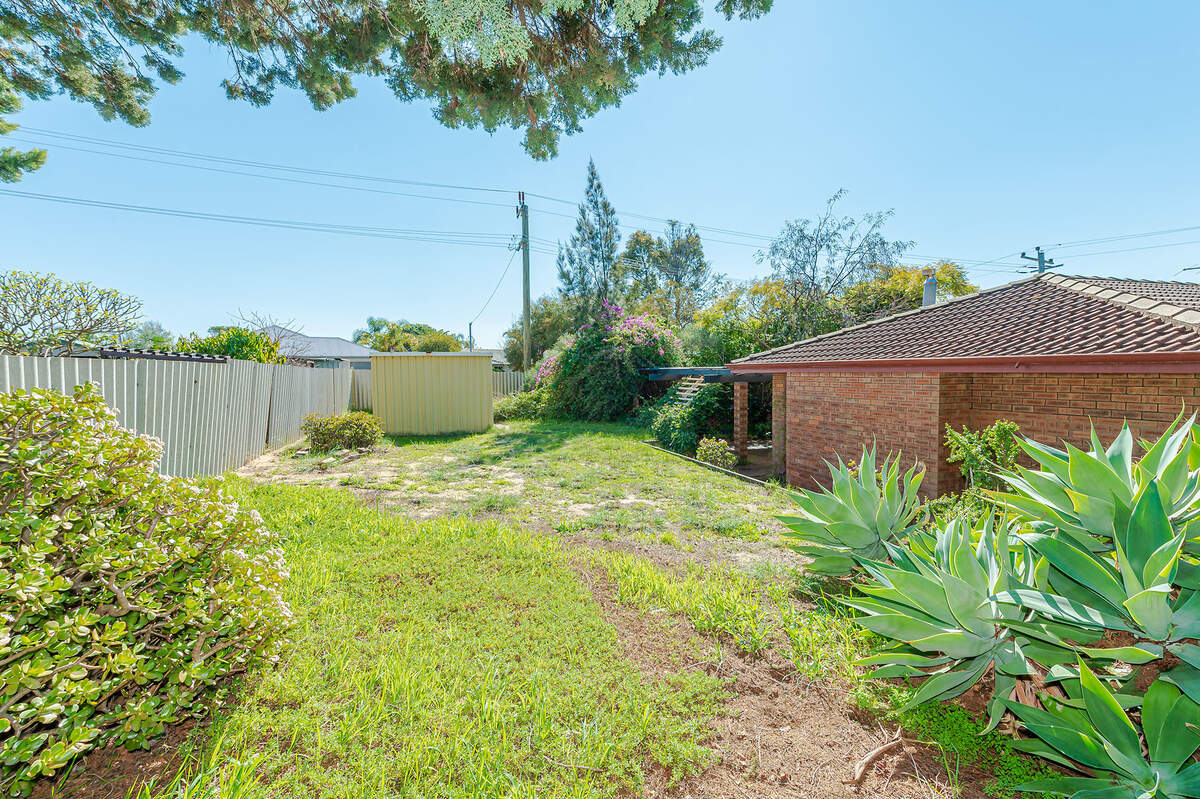
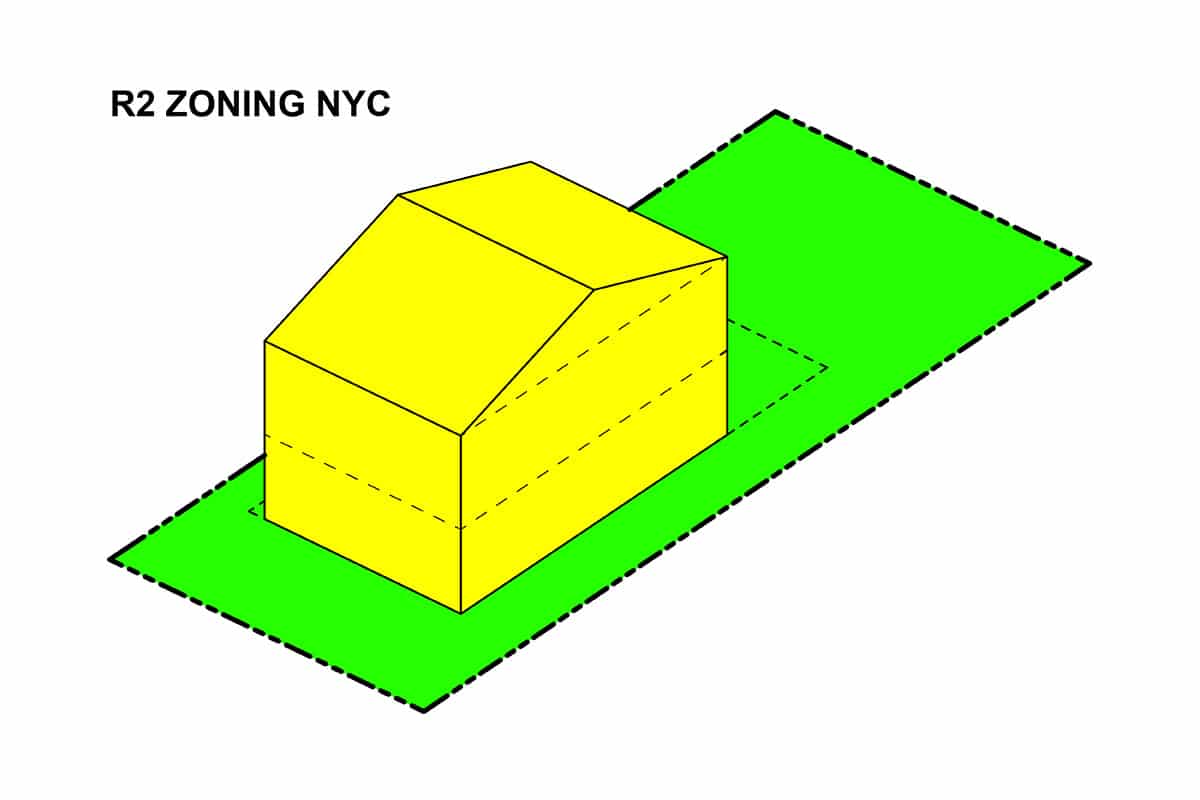
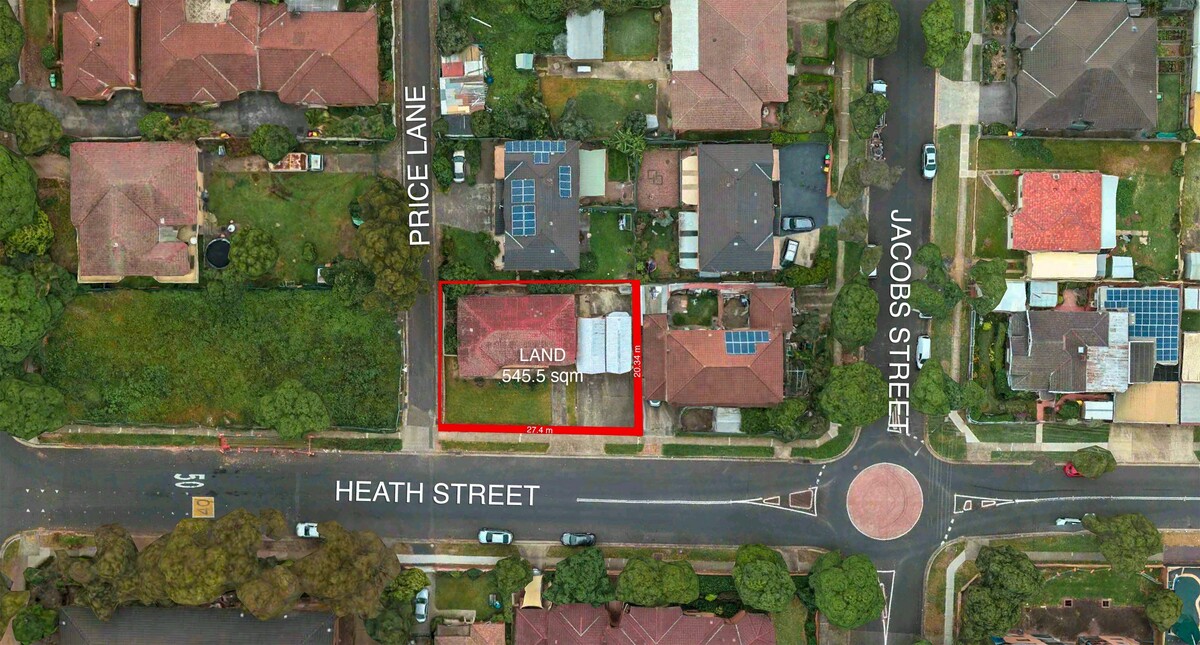





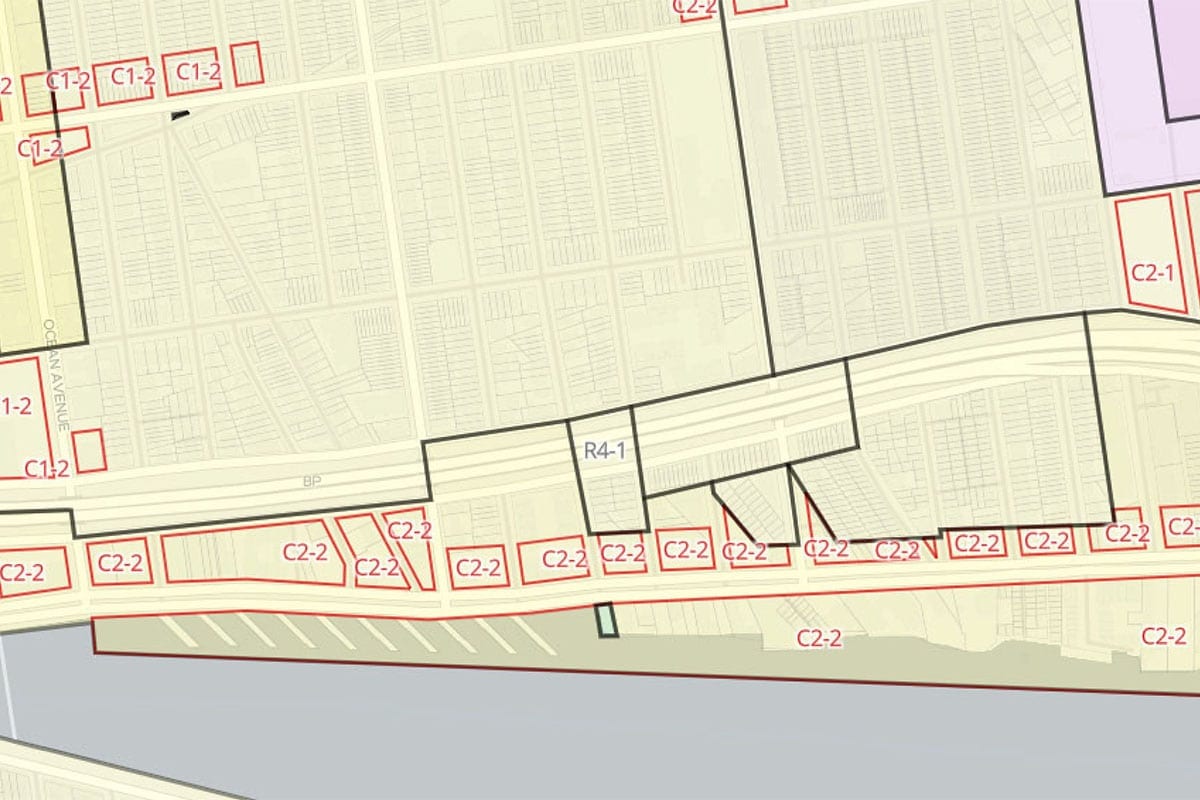

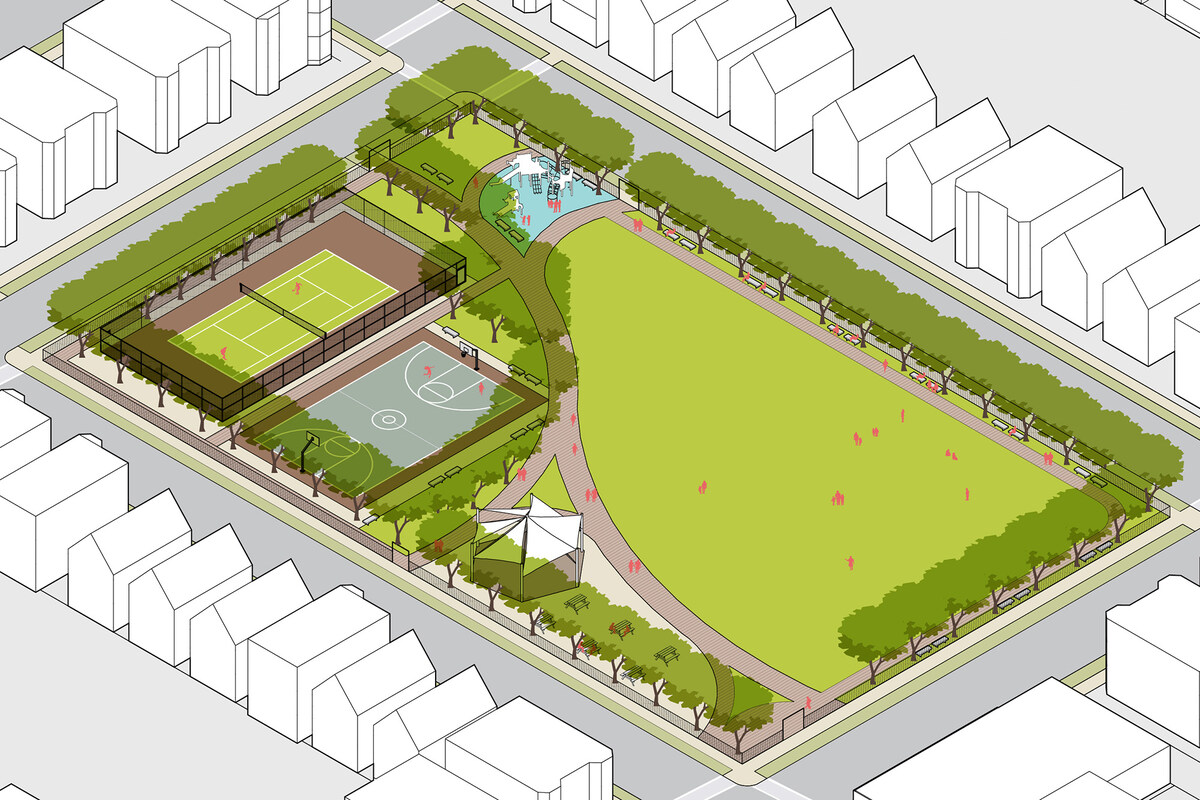

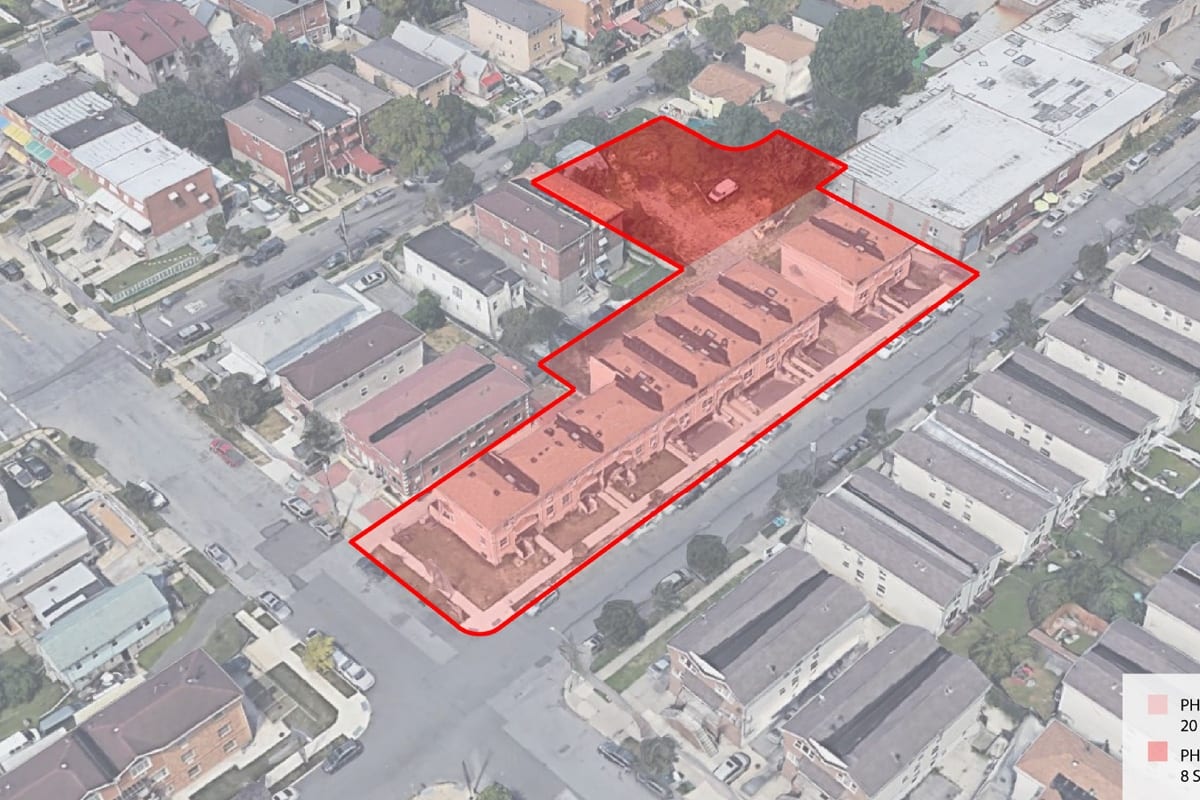

0 thoughts on “What Does Zoning R Mean”